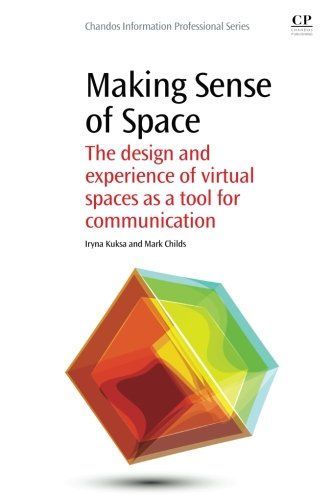
Making Sense of Space The Design and Experience of Virtual Spaces as a Tool for Communication
The use of Virtual Worlds (VWs) has increased in the last decade. VWs are used for communication, education, community building, creative arts, and more. A good deal of research has been conducted into learning and VWs, but other areas remain ripe for investigation. Factors from technological platforms to the nature and conventions of the communities that use VWs must be considered, in order to achieve the best possible interaction between virtual spaces and their users. Making Sense of Space focuses on the background to these issues, describing a range of case studies conducted by the authors. The book investigates the innovative and creative ways designers employ VWs for research, performance-making, and audience engagement. Secondly, it looks into how educators use these spaces to support their teaching practice. Lastly, the book examines the potential of VWs as new methods of communication, and the ways they are changing our perception of reality. This book is structured into four chapters. An introduction provides a history and outline of important themes for VWs, and subsequent chapters consider the design of virtual spaces, experience of virtual spaces, and communication in virtual spaces. Written by two experienced academics and practitioners in the field, offering different perspectives Uses a multidisciplinary approach, drawing on: education; scenography; performance studies; disaster management; and computer science Provides multiple viewpoints on the topic, gained through interviews and contributions from a range of experts, as well as several co-authored chapters